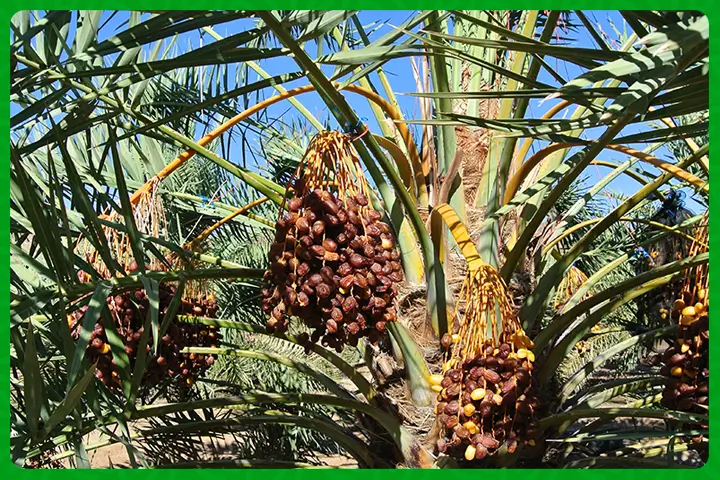
In the heart of Southern Africa, amidst the arid landscapes of Namibia, a remarkable agricultural phenomenon is unfolding. Dates, the golden gems of the horticulture world, have taken center stage, dominating the country’s export earnings during the second quarter of 2023. With N$25.8 million in export revenue, they’ve outshone all other horticultural products by a wide margin. Join us on a journey through the verdant fields of Namibia’s horticulture industry as we delve into the numbers and discover the secrets behind this success.
The Rise of Dates:
Dates, long revered for their rich sweetness and nutritional value, have emerged as Namibia’s top export earner in the horticulture sector. According to the Namibia Statistics Agency (NSA), they’ve raked in an impressive N$25.8 million in export revenue during Q2 2023. This stellar performance underscores their growing importance in the country’s agricultural landscape.
Tomatoes and Vegetable Seeds Follow Closely:
While dates reign supreme, tomatoes and vegetable seeds are not far behind. Tomatoes reported N$3.3 million in revenue, while vegetable seeds contributed N$1.4 million to the horticulture export earnings during the same period. These crops, with their versatile culinary applications, continue to play a significant role in Namibia’s agricultural exports.
Potatoes Lead the Import Bill:
In contrast to the flourishing export scenario, potatoes have taken the lead in horticulture product imports, accounting for a substantial bill of N$17.2 million during Q2 2023. Apples and onions follow closely, with import bills of N$8.7 million and N$7.0 million, respectively. The imports reflect the diverse range of produce consumed by the Namibian population.
Agricultural Livestock and Auction Sales:
Moving beyond horticulture, the report highlights the dynamics of the livestock sector. During Q2 2023, the number of animals sold at auction increased by 2.3% to 79,113. Notably, the number of goats and cattle surged by 18,933 and 50,941 heads, respectively. Despite these positive trends, the quantity of sheep sold at auction decreased, signaling challenges in this segment.
Market Price Fluctuations:
The NSA report also sheds light on market price fluctuations. Prices across all types of livestock recorded declines during the quarter under review when compared to the corresponding quarter of 2022. Cattle posted the highest decline of 20.0%, followed by 17.4% for goats and 14.6% for sheep. These fluctuations reflect the delicate balance between supply and demand in Namibia’s livestock industry.
Challenges in the Fishing Industry:
The fishing industry, a vital component of Namibia’s economy, faced challenges during Q2 2023. The overall number of quota species landings decreased by 24.7%, totaling 81,469 metric tonnes, compared to 108,179 metric tonnes in the same period in 2022. All fish species experienced losses, with imports of fish and crustaceans also declining.
Surplus and Local Produce:
In a noteworthy development, a surplus of N$4.0 billion was recorded for fish, crustaceans, mollusks, and other aquatic invertebrate items during the period under consideration, signaling positive growth compared to the previous year. Meanwhile, locally acquired regulated fresh produce totaled 4,377 tonnes in the second quarter of 2023.
Namibia’s horticulture sector is experiencing a transformation, with dates leading the way in export earnings. This success story highlights the resilience and adaptability of Namibia’s agricultural industry. As the country navigates the challenges and opportunities in its diverse agricultural landscape, the future looks promising, setting the stage for continued growth and prosperity in this vital sector.


















